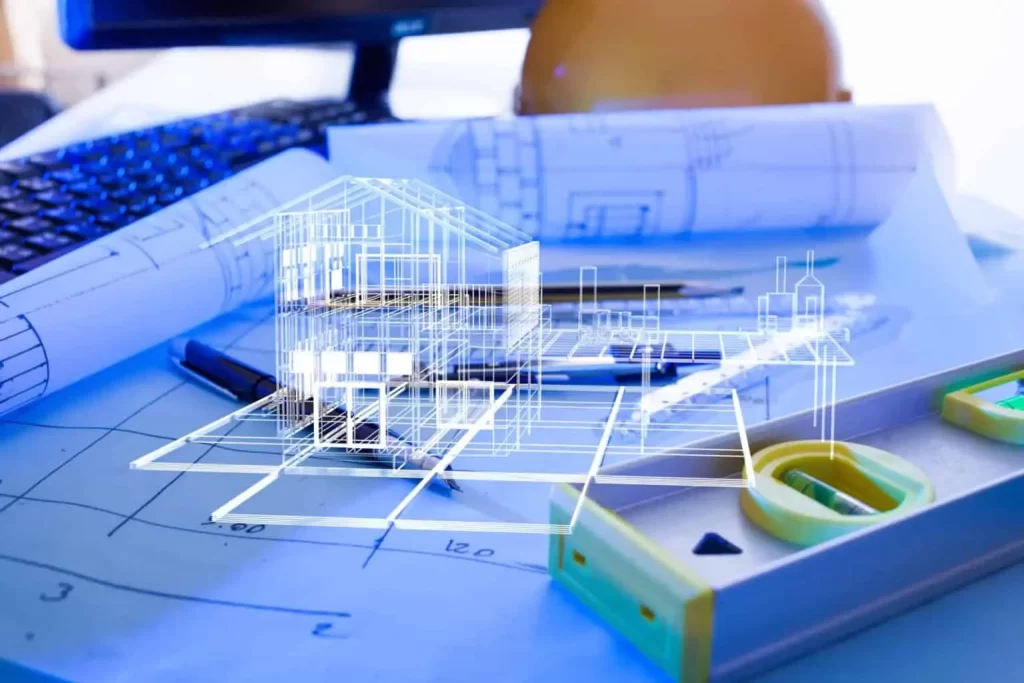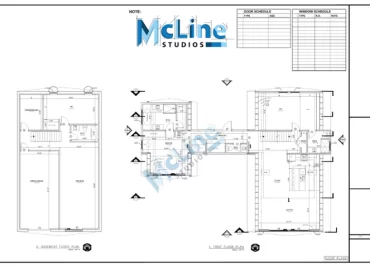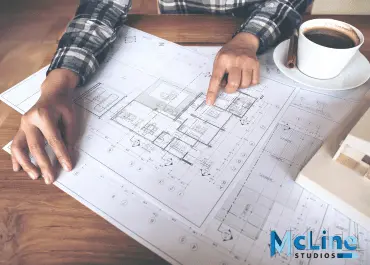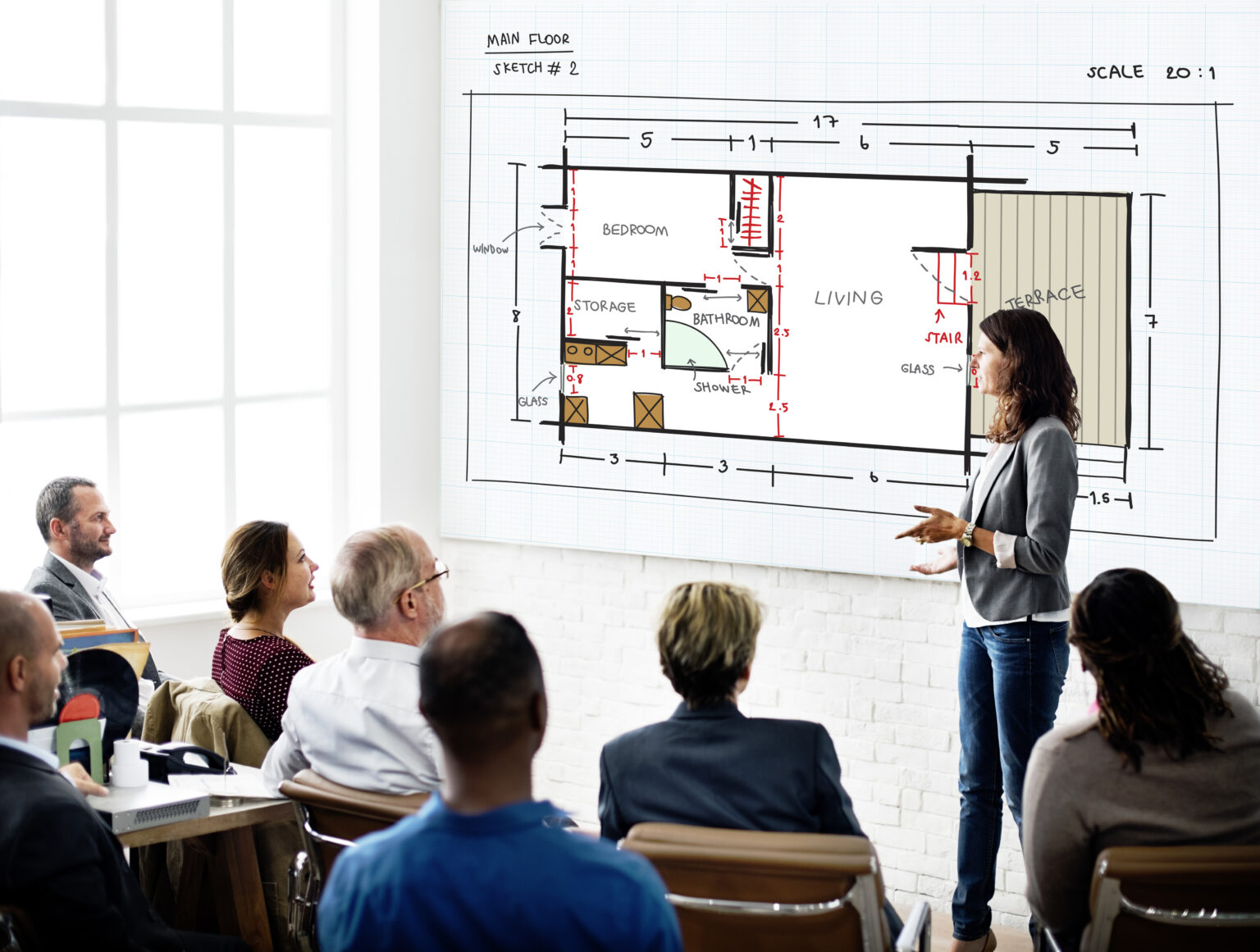BIM has transformed the construction industry by providing a powerful tool for creating and managing digital representations of buildings and infrastructure. Its ability to facilitate communication, enhance collaboration, and streamline processes has made it an indispensable asset in construction projects.
As a construction company, McLine Studios can benefit greatly from the use of Building Information Modeling (BIM) in improving collaboration and coordination in its construction projects. In the following sections, we will delve deeper into the benefits of BIM in improving collaboration and coordination in construction projects.
What Is BIM?
Building Information Modeling (BIM) is a cutting-edge technology that has transformed the way construction projects are planned, designed, and executed. With BIM, construction professionals can create a virtual model of a building or infrastructure that contains detailed information about its physical and functional characteristics. This digital representation of the project can be used throughout the entire lifecycle of the building, from initial concept through to demolition.
BIM allows stakeholders to collaborate more effectively by providing a centralized platform for sharing information and data. This leads to better communication and coordination among stakeholders, resulting in improved project outcomes. BIM can be used by architects, engineers, contractors, facility managers, and other construction professionals, enabling them to work together seamlessly and efficiently.
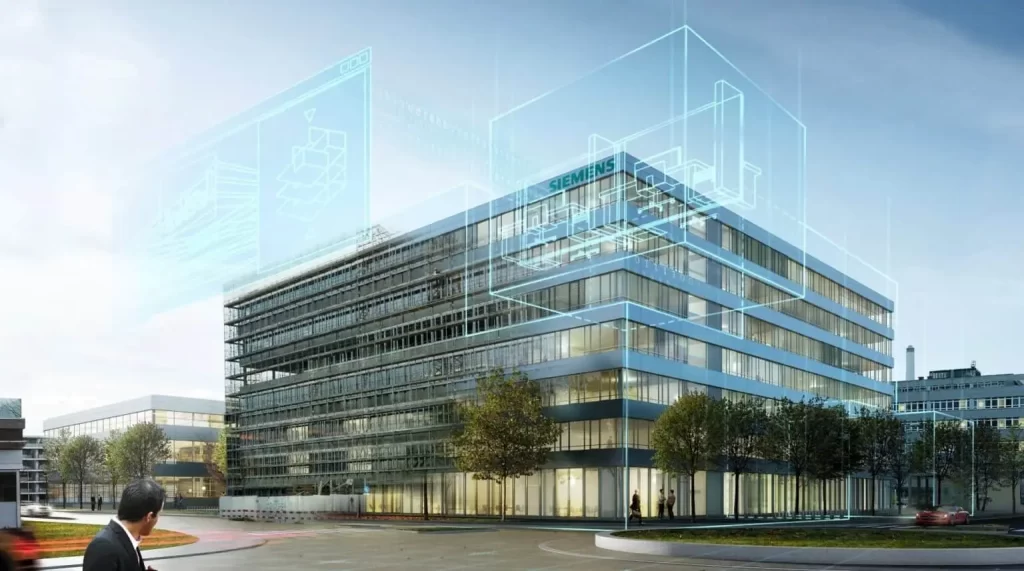
One of the most significant advantages of BIM is its ability to facilitate real-time collaboration and decision-making during the design and construction phases of a project. Using a shared digital model, stakeholders can work together to identify and resolve issues before they become costly problems during construction or operation. This leads to more efficient project planning and execution, resulting in cost savings and reduced risk.
Furthermore, BIM enables stakeholders to visualize and simulate the project in a virtual environment before construction begins. This enhances collaboration and coordination by allowing stakeholders to identify potential issues early in the design process. The ability to test different scenarios and design options leads to more informed decision-making and better project outcomes.
Benefits of BIM in Construction Projects
Improved Communication And Collaboration
BIM enables the various stakeholders in a construction project to communicate and collaborate more effectively. The use of a single, centralized model ensures that all parties are working with the same information, reducing the likelihood of miscommunication or misunderstandings. This leads to better coordination between stakeholders, allowing for more efficient decision-making and problem-solving.
Enhanced Design Collaboration
BIM allows for greater collaboration between architects designers, engineers, and contractors during the design phase of a construction project. The ability to work on a shared digital model in real-time allows for faster iteration and feedback, reducing the likelihood of design conflicts and errors. This leads to a more streamlined design process, with better integration of different design elements.
Improved Project Visualization and Simulation
BIM allows stakeholders to visualize and simulate the project in a virtual environment before construction begins. This enhances collaboration and coordination by enabling stakeholders to identify potential issues early in the design process. It also allows for testing different scenarios and design options, leading to more informed decision-making.
Increased Project Efficiency and Cost Savings
BIM can significantly increase project efficiency by reducing the likelihood of errors and rework. This can result in cost savings for the project, as well as faster completion times. The ability to visualize and simulate the project in a virtual environment also allows for better planning and scheduling, leading to further efficiency gains.

Better Construction Coordination
BIM facilitates better coordination during the construction phase of a project. The ability to share a centralized digital model ensures that all parties are working with the same information, reducing the likelihood of conflicts or delays. This leads to more efficient construction processes, with better integration of different elements and trades.
Improved Facility Management
BIM can also be used to improve facility management after the construction phase is complete. The digital model can be used to track and manage the maintenance and operation of the building, allowing for more efficient management of resources and better decision-making.
Improved Sustainability
BIM enables stakeholders to analyze the environmental impact of the building and identify opportunities for improving sustainability. By modeling different scenarios, stakeholders can identify the most effective strategies for reducing energy consumption, minimizing waste, and improving the overall sustainability of the building.
The End Note
Building Information Modeling (BIM) has revolutionized the construction industry by providing a powerful tool for creating and managing digital representations of buildings and infrastructure. With its ability to facilitate communication, enhance collaboration, and streamline processes, BIM has become an indispensable asset in the construction industry.
The benefits of BIM in improving collaboration and coordination in construction projects are numerous, including improved communication and collaboration, enhanced design collaboration, improved project visualization and simulation, increased project efficiency and cost savings, better construction coordination, improved facility management, and improved sustainability.
As BIM continues to evolve and become more widely adopted, its potential to transform the construction industry will only continue to grow. By using BIM, construction professionals can unlock its full potential and revolutionize the way we design, build, and manage structures.
By using BIM, McLine Studios can improve collaboration and coordination among stakeholders, streamline the design process, increase project efficiency, reduce costs, and improve sustainability. These benefits can help Mcline Studios deliver high-quality construction projects on time and within budget, ultimately improving its reputation and bottom line.

